Giant gourami - Osphronemus goramy
Scientific name: Osphronemus goramy
Common name: Giant gourami
Family: Osphronemidae
Usual size in fish tanks: 50 - 70 cm (19.69 - 27.56 inch)
014
Recommended pH range: 6.5 - 8
Recommended water hardness: 4 - 25°N (71.43 - 446.43ppm)
0°C 32°F30°C 86°F
Recommended temperature range: 20 - 30 °C (68 - 86°F)
The way how these fish reproduce: Spawning
Where the species comes from: South Asia
Temperament to its own species: peaceful
Temperament toward other fish species: aggressive to smaller
Usual place in the tank: Middle levels
Food and feeding
Giant Gouramis are omnivores and have a varied diet. In the wild, they feed on plant matter, small insects, and invertebrates. In an aquarium, you can provide them with a mix of high-quality pellets, flake food, and fresh vegetables like lettuce, spinach, and peas. They will also accept occasional live or frozen food such as bloodworms or brine shrimp.
Origin
The Giant Gourami is native to Southeast Asia, specifically found in large river systems, lakes, and swamps in countries such as Thailand, Malaysia, Indonesia, and Vietnam.
Sexing
In mature Giant Gouramis, males tend to develop longer and more pointed dorsal and anal fins compared to females. Males may also have a more pronounced forehead hump, which becomes more noticeable with age.
Breeding
Giant Gouramis are known to build bubble nests during breeding, where the male constructs a floating nest made from bubbles and plant material at the water's surface. The female lays the eggs in the nest, and the male guards them until they hatch. Breeding can be done in large tanks, but it requires stable conditions with slightly warmer water and plants for the bubble nest.
Lifespan
Giant Gouramis can live for up to 20 years with proper care in an aquarium, making them a long-term commitment for aquarists.
Short description
The Giant Gourami is a large and hardy fish, popular in aquariums due to its peaceful nature and adaptability. Despite their size, they can coexist with similarly sized fish in community tanks. However, they may become territorial as they grow older, so ample space is necessary. These fish are known for their intelligence and may even develop a bond with their owners over time.
Pictures
Thanks to Richard Smith and Oliver. Other pictures were bought from jjphoto.dk by aqua-fish.net.
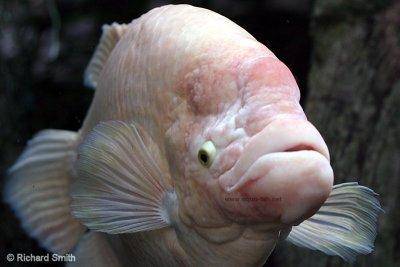
















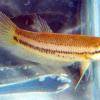 Akar
Akar 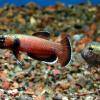 Whiteseam
Whiteseam 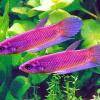 Giant
Giant 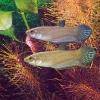 Betta
Betta 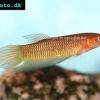 Slender
Slender 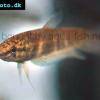 Betta
Betta 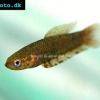 Brown’s
Brown’s 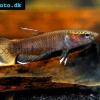 Snakehead
Snakehead 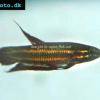 Wine
Wine 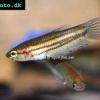 Edith’s
Edith’s 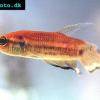 Blue
Blue 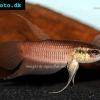 Betta
Betta  Peaceful
Peaceful 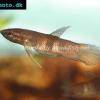 Kapaus
Kapaus 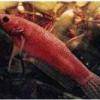 Eyespot
Eyespot 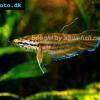 Spotted
Spotted 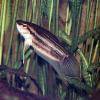 Forest
Forest 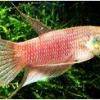 Schaller’s
Schaller’s 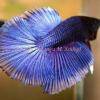 Siamese
Siamese 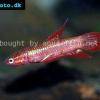 Chukai
Chukai 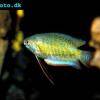 Banded
Banded  Dwarf
Dwarf 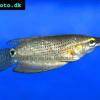 Frail
Frail 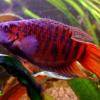 Paradise
Paradise 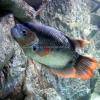 Giant
Giant 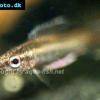 Licorice
Licorice 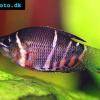 Chocolate
Chocolate 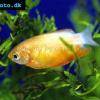 Honey
Honey 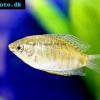 Thick
Thick 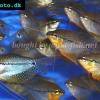 Pearl
Pearl 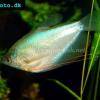 Moonlight
Moonlight 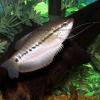 Snakeskin
Snakeskin 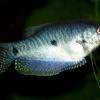 Blue
Blue